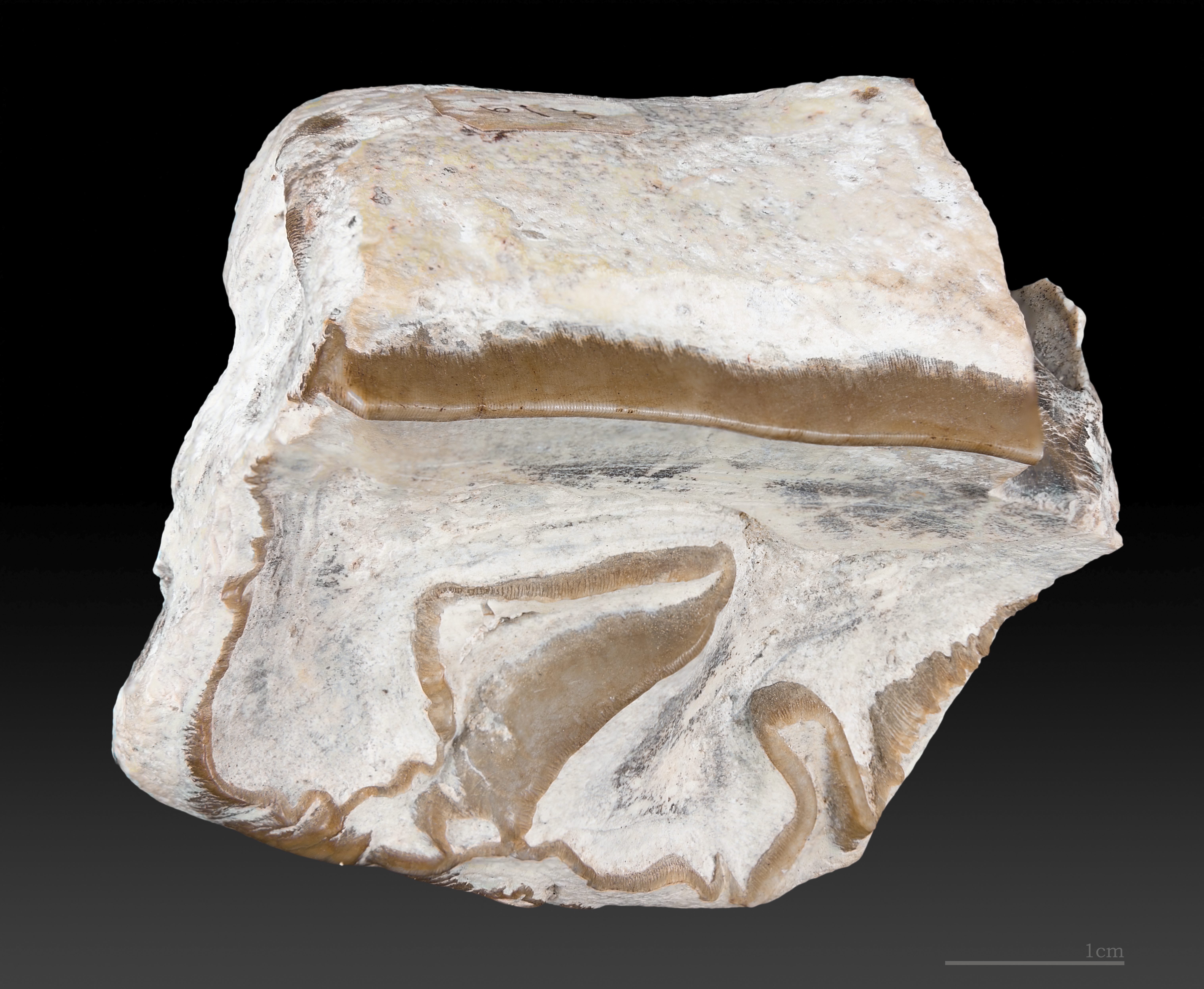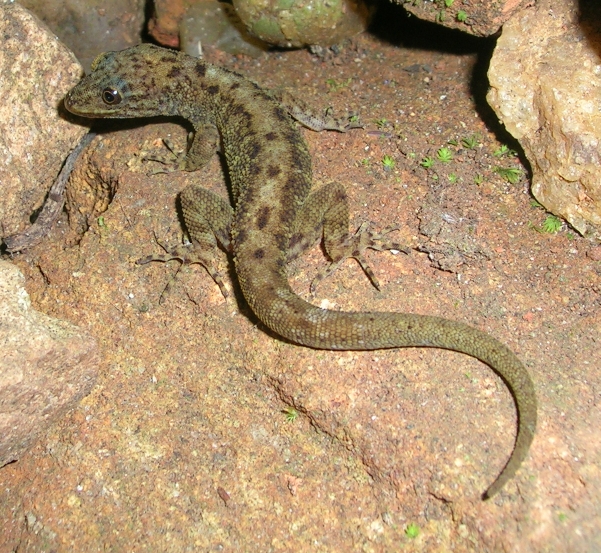|
Cnemaspis Lokugei
''Cnemaspis lokugei'', or Lokuge's day gecko, is a species of diurnal gecko endemic to island of Sri Lanka. Etymology The specific name ''lokugei'' is named in honor of Ajith Nethkelum Lokuge, who is a prominent ecologist, analogue forestry specialist and a senior member of Young Zoologist's Association (YZA) of Sri Lanka. Taxonomy The species belongs to the ''Cnemaspis kandiana'' clade and closely related to ''C. podihuna''. Ecology The species was discovered from a granite cave bordering a stream, Haputale, Badulla District. Later several specimens were recorded from granite rock caves of Idalgashinna which received rainfall during the southwest monsoon. Description The holotype, an adult male, measures , while the two female paratypes measure in snout–vent length Snout–vent length (SVL) is a morphometric measurement taken in herpetology from the tip of the snout to the most posterior opening of the cloacal slit (vent)."direct line distance from tip of snout to post ... [...More Info...] [...Related Items...] OR: [Wikipedia] [Google] [Baidu] |
Holotype
A holotype is a single physical example (or illustration) of an organism, known to have been used when the species (or lower-ranked taxon) was formally described. It is either the single such physical example (or illustration) or one of several examples, but explicitly designated as the holotype. Under the International Code of Zoological Nomenclature (ICZN), a holotype is one of several kinds of name-bearing types. In the International Code of Nomenclature for algae, fungi, and plants (ICN) and ICZN, the definitions of types are similar in intent but not identical in terminology or underlying concept. For example, the holotype for the butterfly '' Plebejus idas longinus'' is a preserved specimen of that subspecies, held by the Museum of Comparative Zoology at Harvard University. In botany, an isotype is a duplicate of the holotype, where holotype and isotypes are often pieces from the same individual plant or samples from the same gathering. A holotype is not necessaril ... [...More Info...] [...Related Items...] OR: [Wikipedia] [Google] [Baidu] |
Gecko
Geckos are small, mostly carnivorous lizards that have a wide distribution, found on every continent except Antarctica. Belonging to the infraorder Gekkota, geckos are found in warm climates throughout the world. They range from . Geckos are unique among lizards for their vocalisations, which differ from species to species. Most geckos in the family Gekkonidae use chirping or clicking sounds in their social interactions. Tokay geckos (''Gekko gecko'') are known for their loud mating calls, and some other species are capable of making hissing noises when alarmed or threatened. They are the most species-rich group of lizards, with about 1,500 different species worldwide. All geckos, except species in the family Eublepharidae lack eyelids; instead, the outer surface of the eyeball has a transparent membrane, the cornea. They have a fixed lens within each iris that enlarges in darkness to let in more light. Since they cannot blink, species without eyelids generally l ... [...More Info...] [...Related Items...] OR: [Wikipedia] [Google] [Baidu] |
Sri Lanka
Sri Lanka (, ; si, ශ්රී ලංකා, Śrī Laṅkā, translit-std=ISO (); ta, இலங்கை, Ilaṅkai, translit-std=ISO ()), formerly known as Ceylon and officially the Democratic Socialist Republic of Sri Lanka, is an island country in South Asia. It lies in the Indian Ocean, southwest of the Bay of Bengal, and southeast of the Arabian Sea; it is separated from the Indian subcontinent by the Gulf of Mannar and the Palk Strait. Sri Lanka shares a maritime border with India and Maldives. Sri Jayawardenepura Kotte is its legislative capital, and Colombo is its List of cities in Sri Lanka, largest city and financial centre. Sri Lanka has a population of around 22 million (2020) and is a multinational state, home to diverse cultures, languages, and ethnicities. The Sinhalese people, Sinhalese are the majority of the nation's population. The Tamils, who are a large minority group, have also played an influential role in the island's history. Other long establ ... [...More Info...] [...Related Items...] OR: [Wikipedia] [Google] [Baidu] |
Paratype
In zoology and botany, a paratype is a specimen of an organism that helps define what the scientific name of a species and other taxon actually represents, but it is not the holotype (and in botany is also neither an isotype nor a syntype). Often there is more than one paratype. Paratypes are usually held in museum research collections. The exact meaning of the term ''paratype'' when it is used in zoology is not the same as the meaning when it is used in botany. In both cases however, this term is used in conjunction with ''holotype''. Zoology In zoological nomenclature, a paratype is officially defined as "Each specimen of a type series other than the holotype.", ''International Code of Zoological Nomenclature'' In turn, this definition relies on the definition of a "type series". A type series is the material (specimens of organisms) that was cited in the original publication of the new species or subspecies, and was not excluded from being type material by the author (t ... [...More Info...] [...Related Items...] OR: [Wikipedia] [Google] [Baidu] |
Snout–vent Length
Snout–vent length (SVL) is a morphometric measurement taken in herpetology from the tip of the snout to the most posterior opening of the cloacal slit (vent)."direct line distance from tip of snout to posterior margin of vent" It is the most common measurement taken in herpetology, being used for all amphibians, lepidosaurs, and crocodilians (for turtles, carapace length (CL) and plastral length (PL) are used instead). The SVL differs depending on whether the animal is struggling or relaxed (if alive), or various other factors if it is a preserved specimen. For fossils, an osteological correlate such as precaudal length must be used. When combined with weight and body condition, SVL can help deduce age and sex. Advantages Because tails are often missing or absent, especially in juveniles, SVL is seen as more invariant than total length. Even in the case of crocodiles, tail tips may be missing. Methods The measurements may be taken with dial calipers or digital calipe ... [...More Info...] [...Related Items...] OR: [Wikipedia] [Google] [Baidu] |
Dorsum (anatomy)
Standard anatomical terms of location are used to unambiguously describe the anatomy of animals, including humans. The terms, typically derived from Latin or Greek roots, describe something in its standard anatomical position. This position provides a definition of what is at the front ("anterior"), behind ("posterior") and so on. As part of defining and describing terms, the body is described through the use of anatomical planes and anatomical axes. The meaning of terms that are used can change depending on whether an organism is bipedal or quadrupedal. Additionally, for some animals such as invertebrates, some terms may not have any meaning at all; for example, an animal that is radially symmetrical will have no anterior surface, but can still have a description that a part is close to the middle ("proximal") or further from the middle ("distal"). International organisations have determined vocabularies that are often used as standard vocabularies for subdisciplines of ana ... [...More Info...] [...Related Items...] OR: [Wikipedia] [Google] [Baidu] |
Cnemaspis
''Cnemaspis'' is a genus of diurnal (day) geckos found in Asia. With over 100 species, it is one of the most diverse genera of geckos. Molecular phylogenies suggest that the two regional groupings may form distinct clades which are not each other's closest relatives. Description Species in this genus have slender, clawed digits which are cylindrical or depressed at the base (rarely dilated); the distal phalanges are compressed, forming an angle with the basal portion of the digits, the lower surface of which has a row of plates. Their bodies are more or less depressed, granular or tubercular above. Tail not compressed. Pupil circular; eyelid distinct all round the eye. Males with or without pre-anal or femoral pores. Species The Indian Subcontinent and Sri Lanka group *'' C. aaronbaueri'' Sayyed, Grismer, Campbell & Dileepkumar, 2019 *'' C. adii'' C. Srinivasulu, Kumar & B. Srinivasulu, 2015 – Adi's day gecko *'' C. agarwali'' Khandekar, 2019 – Agarwal's dwarf ... [...More Info...] [...Related Items...] OR: [Wikipedia] [Google] [Baidu] |
Reptiles Of Sri Lanka
This is a list of reptiles of Sri Lanka. The reptilian diversity in Sri Lanka is higher than the diversity of other vertebrates such as mammals and fish with 181 reptile species. All extant reptiles are well documented through research by many local and foreign scientists and naturalists. Sri Lankan herpetologist, Anslem de Silva largely studied the biology and ecology of Sri Lanka snakes, where he documented 96 species of land and sea snakes. Five genera are endemic to Sri Lanka - ''Aspidura'', ''Balanophis'', ''Cercaspis'', ''Haplocercus'', and ''Pseudotyphlops''. Out of them only five of the land snakes are considered potentially deadly and life threatening to humans. Among snakes, 54 are endemic to Sri Lanka. The total increased to 107 with new descriptions of ''Dendrelaphis'', ''Rhinophis'', ''Aspidura'' and ''Dryocalamus''. Lizard diversity in the island has been documented and studied by many local scientists and researchers such as Imesh Nuwan Bandara, Kalana Maduwage, Anj ... [...More Info...] [...Related Items...] OR: [Wikipedia] [Google] [Baidu] |
Endemic Fauna Of Sri Lanka
Endemism is the state of a species being found in a single defined geographic location, such as an island, state, nation, country or other defined zone; organisms that are indigenous to a place are not endemic to it if they are also found elsewhere. For example, the Cape sugarbird is found exclusively in southwestern South Africa and is therefore said to be ''endemic'' to that particular part of the world. An endemic species can be also be referred to as an ''endemism'' or in scientific literature as an ''endemite''. For example ''Cytisus aeolicus'' is an endemite of the Italian flora. ''Adzharia renschi'' was once believed to be an endemite of the Caucasus, but it was later discovered to be a non-indigenous An introduced species, alien species, exotic species, adventive species, immigrant species, foreign species, non-indigenous species, or non-native species is a species living outside its native distributional range, but which has arrived there ... species from South ... [...More Info...] [...Related Items...] OR: [Wikipedia] [Google] [Baidu] |



.jpg)
.jpg)